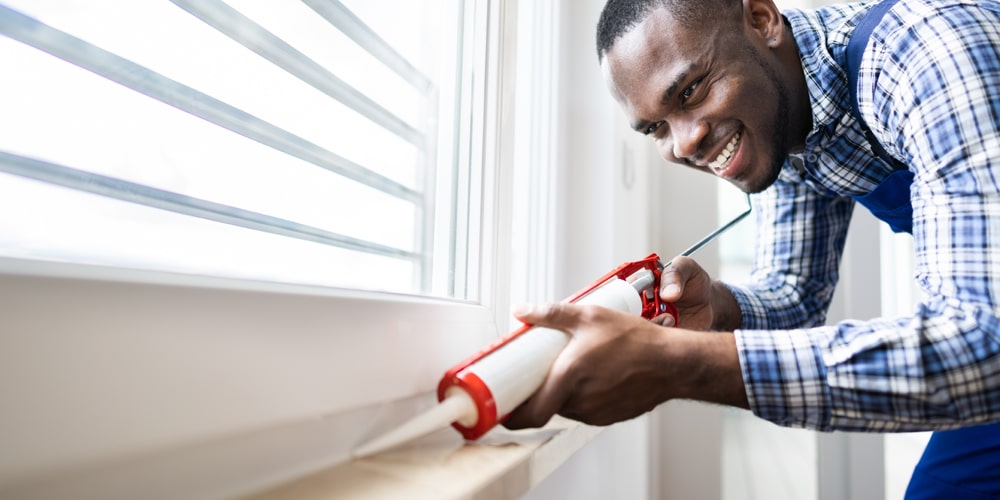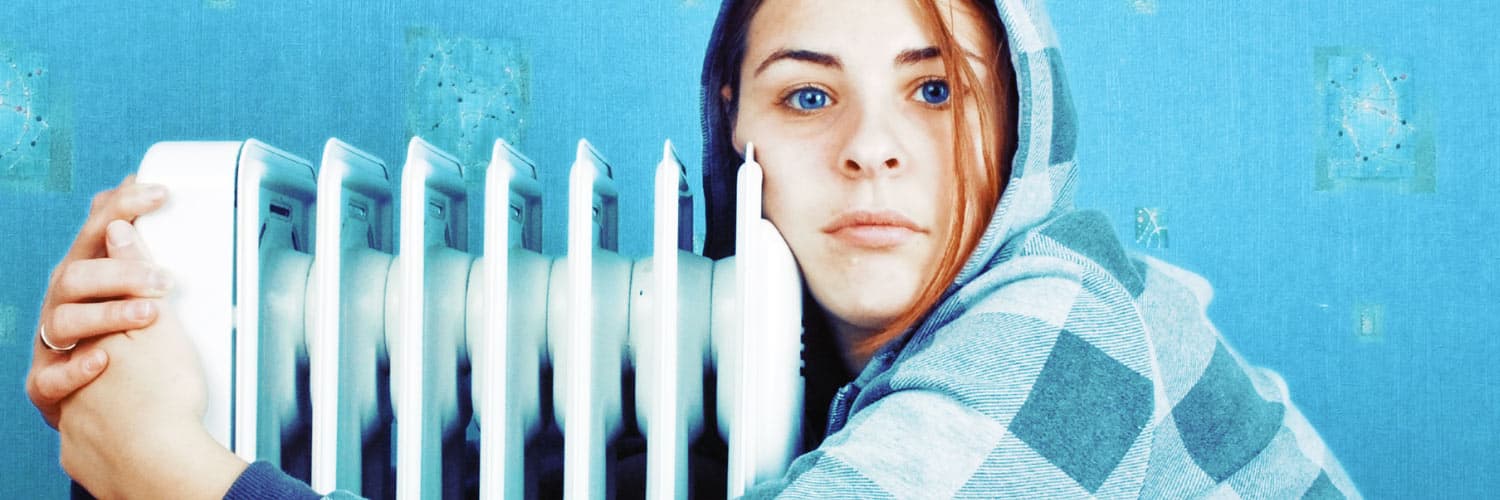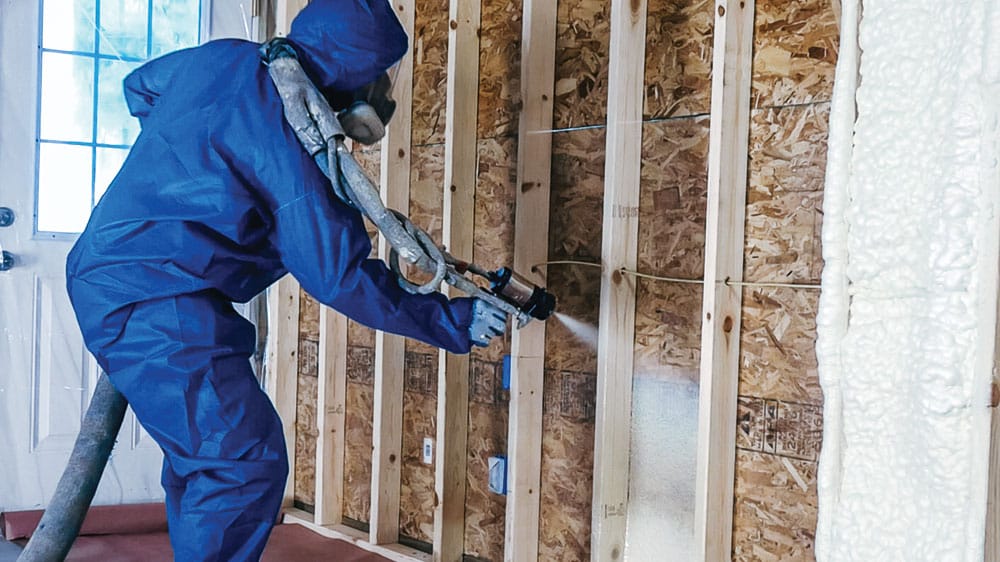As winter begins to show its face, you notice your home is colder and less comfortable.
Once Old Man Winter moves in, you notice more problems turning your home into a cold, dreary place you’d rather not be. But what’s causing all of this turmoil?
Little to no insulation in your home. This can happen over time, where traditional insulation, whether it’s fiberglass or cellulose, can sag, settle, or shift. It can even still allow for air movement through it. Then, there are older homes that were never insulated to begin with.
RetroFoam of Pittsburgh has worked with hundreds of homeowners to fix these problems by adding an air seal with foam insulation. But enough about us, let’s take a look at these problems and what causes them.
Home Insulation Problems that Show Up in the Winter
These are all the problems you are likely to experience each winter when your home has little to no insulation.
Rooms Never Warm Up and Floors are Cold
If your home lacks insulation, cold air from outside will enter.
This air movement makes it impossible for the rooms of your home to maintain a constant, comfortable temperature. It can also cause your floors to be unbearably cold.
The best way to tackle this problem is to create an air seal with insulation to prevent air leakage into and out of your home. Sealing the house’s building envelope will keep that cold winter air outside where it belongs.
High Heating Bills Because the Furnace Runs Constantly
If your home is constantly too cold, your furnace will have to work overtime to maintain a constant temperature.
That constant running will end up costing you a lot more money in the long run in monthly energy bills, not to mention the strain it puts on your furnace. This happens because cold air gets inside and cools the air you’re heating, which is also leaking right out of your home.
Creating an air seal with insulation can help reduce monthly energy bills and give your furnace a much-needed break.
Cold Walls and Drafts
If your walls have little to no insulation, cold air will come through any way it can.
The outlets, light switches, and windows of your home are perfect spaces to feel those cold drafts. Not to mention, if you’re experiencing air leakage, your walls are likely to be cold to the touch.
Adding insulation to those exterior walls can reduce those drafts and cold air from getting inside your home.
Extra Clothes and Blankets are a Necessity
The cold has become so extreme in your home that you’re likely to find yourself wearing two pairs of socks and curled up with a blanket or two just to keep warm.
This isn’t normal and is a huge indicator that you have little to no insulation.
Adding insulation that doesn’t allow air to move through it will help you take back control of your home’s comfort.
There are Ice Dams on Your Roof
Ice dams are bad news bears.
Ice dams form when heat escapes from your home through your attic, which has little to no insulation. The heat loss through the attic causes the snow to melt in the middle of the roof. The melted snow pools at the edge and forms an ice dam. This can not only damage your roof but also lead to leaks in your attic.
Insulating your attic and roof can prevent the formation of ice dams by blocking the heated air from escaping.
Frozen Pipes are a Problem
Frozen pipes can be a headache and costly if they burst.
Frozen pipes happen when there isn’t sufficient insulation where they are located, so the frigid temperatures are getting into the space. If those pipes burst, you could end up with some costly repair costs.
Adding air barrier insulation around your pipes can limit the amount of cold air they come into contact with.
Frost Forms on Your Windows
If you have older windows, it is safe to say that they probably lack insulation.
Sometimes, even newer windows will form frost if the contractor doesn’t insulate around them.
In either case, it’s important to ensure that the space around your windows is insulated to reduce drafts and prevent frost from forming.
Condensation Forms on Your Walls Inside Your Home
Condensation on the interior walls of your home is a simple science: the cold outside temperature meets the warm interior air at the wall and forms condensation.
Just like a pop can in the summer. If cold air can get through your insulation, this can cause more problems than you might think, including mold growth and mildew. Foam insulation in your walls doesn’t promote the development of mold.
Foam insulation prevents those two drastic temperatures from meeting in the wall cavity.
Your cabinets Keep Your Dishes Cold
Your hot coffee isn’t going to stay hot for long if you’re putting it into a cold mug.
If your kitchen cabinets are on those exterior walls, and the air is moving through your old insulation, you’ll feel it in the dishes.
Adding an air barrier to your exterior walls will help keep your dishes at room temperature.
Solve Your Poor Insulation Problems with Foam Insulation
All of these problems have a simple solution: update or replace the insulation in your home.
The choice is yours whether you decide to add more fiberglass or cellulose to your home or go a different route with foam insulation.
If you want to learn more about the benefits of foam insulation for your home, visit our website’s Learning Center.







